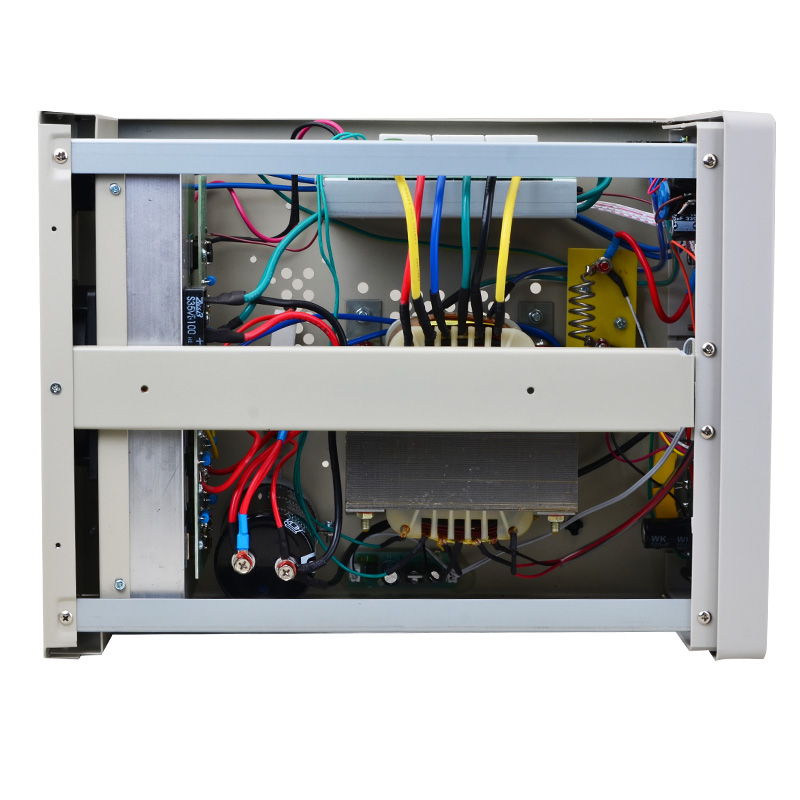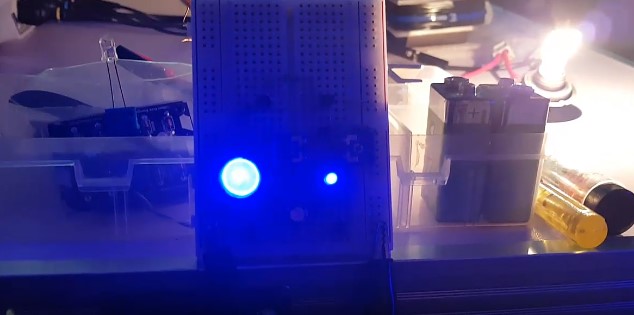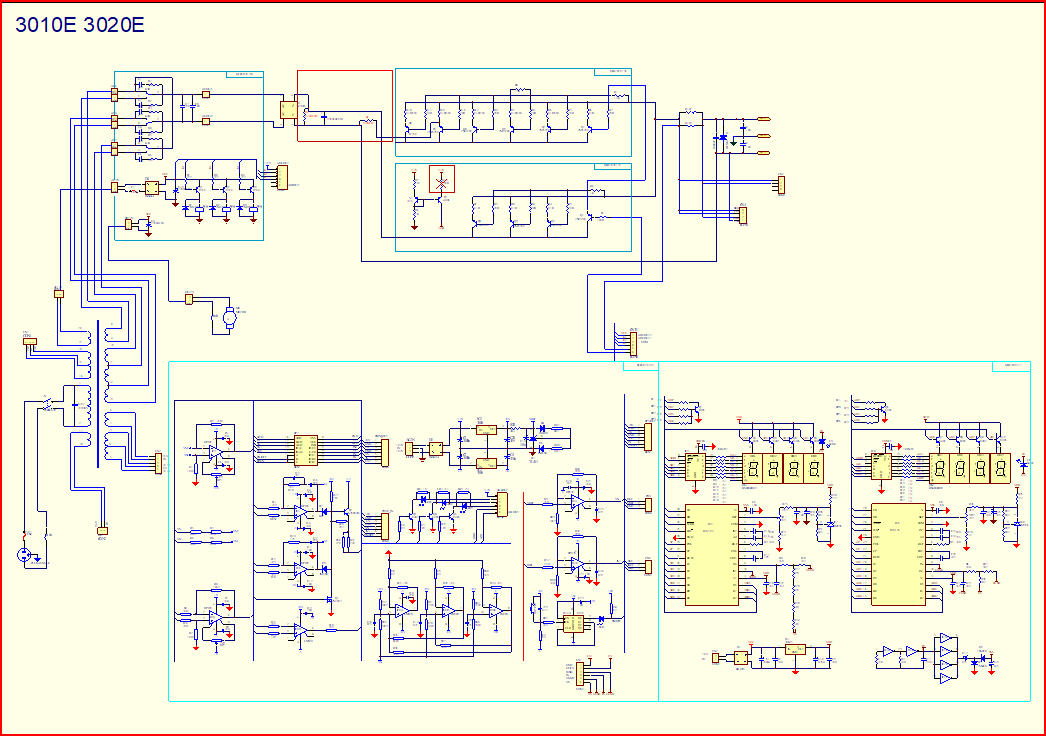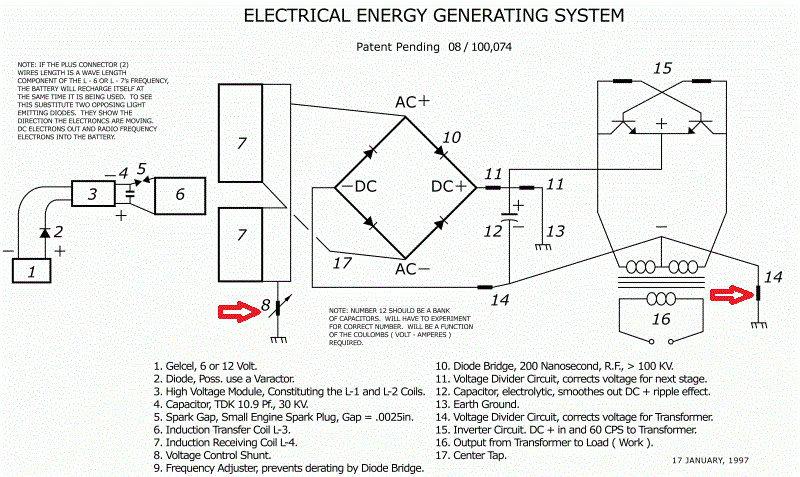@Vidura
Hey Friends, Recently I made some tests related to noise , and found that there is some kind of it which is virtually impossible to filter or screen out.
So filtering the noise sent back by ZPM is impossible...
Also it is possible that a lot of power is dissipated in the low frequency rectifier.
This seems to be the case, the bridge rectifier and/or the transfomer become hot in about 10 minutes so those extra ~30W consumption shown by energy meters most probably are dissipated in that heat.
Regarding the change of the wave form of the ZPM when using the simple transformer, could it be a voltage drop the cause? There might be a threshold voltage for the ZPM to perform properly.As the lab PS is voltage stabilized, it is supposed to maintain the selected voltage, no so a standard transformer, there can be major variation depending on the load conditions.
This could be the case of voltage drop. I could make a test with the usual DC source by setting the voltage much below 25V and check how the waveform looks like.
I agree that a battery would give valuable comparison.
I will try this way, I will look for some local supliers for rechargable battery/batteries.
If it is actually some circuitry inside the PS that is interactive , it should be possible to find which components. Some time ago I had an issue with my PS , the current limiting was damaged, so I opened it to check, it is of the analogue type, a multi tapped steel core transformer, and linear voltage regulation, not switch mode type. I was a bit surprised about the few components on the output line, a single electrolytic capacitor , a precision current shunt, and a few more components. The only digital components are the voltage and current meters. I guess the Switch mode type PS has more filter components , to keep the switching noise low. But if Fighters PS is the analogue type, there are only a few possibilities of interacting components.
My DC source is switch-type, I remember I chosen it specifically to be this way, that's why is has about 16kg weight. The model is QJ6005E and the manufacturer's page is here:
http://www.nbjiuyuan.cn/Single-output/products_21_en.html
Unfortunately there are no schematics anywhere on internet but I found a image from inside:

I see that big current-sensing shunt and also I see there are a lot of electronics, some of them could possibly actively working with ZPM but I have no idea which one.
On the manufacturer's site I see this option but it's for measurements when voltage drop occurs, I don't think it will help with high frequency noise:

By the way, I got a notice from costumes about a packet, this could be the metglass core, hopefully, now nearly four months ago was shipped from Europe. So maybe soon I can join the testing of the ZPM.
I would be glad if you could join the ZPM research, having another ZPM in experiments with different power source and measuring instruments will be very helpful in clarifying some aspects and ZPM's behavior !
@Atti
This is just an opinion, not to be accepted but to consider.
In my opinion, the load on the transformer of a single DC source is probably too close to the maximum load. (36 VA)
Therefore, the peak current draws too much down the buffer capacitor voltage. Whirring tension.
Therefore, the input waveform on the secondary side of the individual transformer.
If you could replace it with a larger transformer (maybe 200VA)
waviness would decrease.
Another solution could be to use L-C filters before the ZPM input.
I agree, the voltage drop could be the reason for ZPM's behavior change, I'm taking this into consideration. I could try a test with the usual DC source but setting the voltage much lower than 25V and see how the waveform looks like. About filtering out the high-frequency noise sent back by ZPM, seems it's not a possible solution according to Vidura, seems this is a particular situation where filters don't work. I remember I tried with a choke coil on input and ZPM don't like that, I had extensive damage: DC source entered in auto-protection mode, the light bulbs on output burned and also the MOSFET was destroyed.
If you are using a factory lab power supply, then its wiring diagram would be good to know.
Unfortunately I could not find any schematics on internet for my DC source. You may find more details in my previous replies to Vidura.
Hi all, finaly got the shematic.
PDF in attachment.










